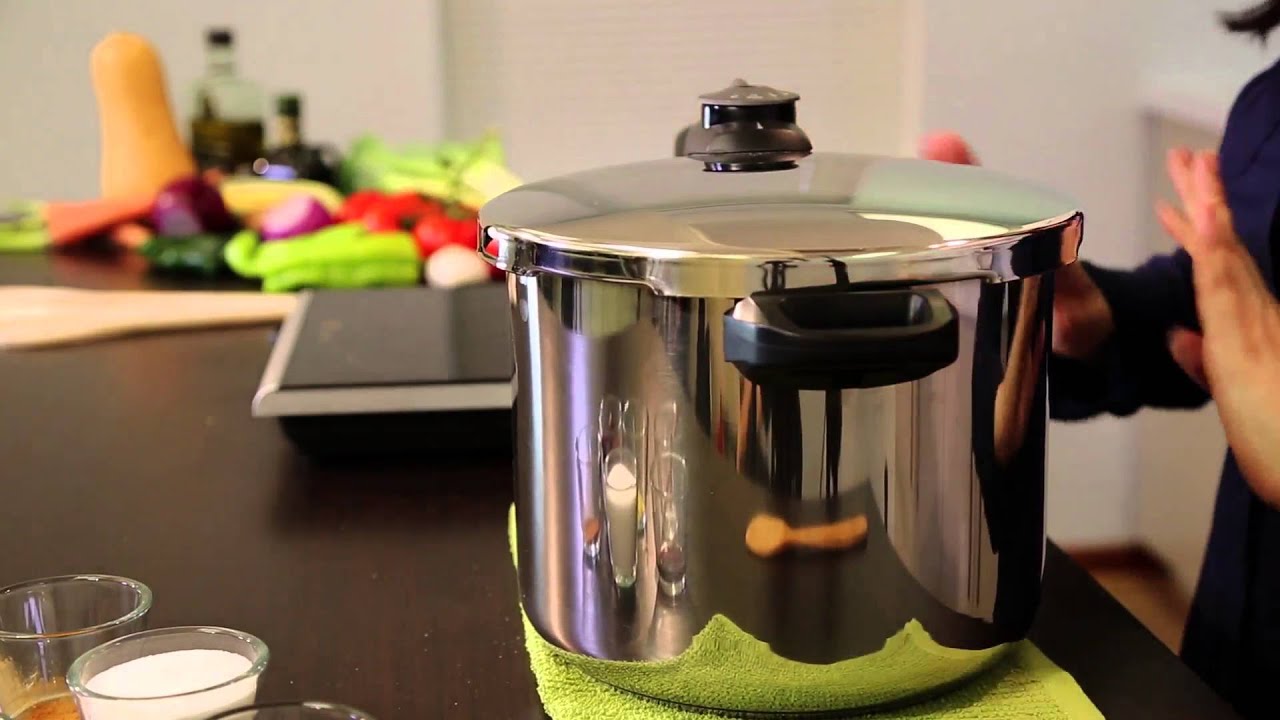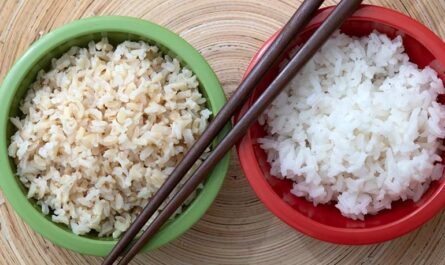Embarking on a culinary adventure often leads us to explore unique and exquisite cuts of meat. One such delectable choice is the rich and flavorful beef tongue. If you’ve ever wondered how to cook beef tongue in a pressure cooker, you’re about to discover a method that yields tender, savory morsels every time. By the end of this guide, not only will you master cooking beef tongue, but you’ll also uncover the secrets behind its delightful taste and texture.

The Choice of Equipment: Why Use a Pressure Cooker?
The choice of cookware significantly impacts the outcome of your beef tongue dish. A pressure cooker stands out as a game-changer in this culinary process. Not only does it drastically reduce cooking times, but it also retains the meat’s natural flavors and juices, ensuring every bite is as sumptuous as the last. Using a pressure cooker like those discussed in Presto Pressure Cooking Guide can elevate your cooking experience to new heights. This tool provides the ideal environment for tenderizing tough cuts, making it perfect for beef tongue.
The Superior Ingredients for Flavorful Beef Tongue
- 1 large beef tongue, approximately 3 lbs
- 2 medium onions, quartered
- 4 garlic cloves, peeled but whole
- 2 bay leaves
- 1 tablespoon whole black peppercorns
- Salt to taste
- Water or beef broth to cover
Step-by-Step: Cooking Beef Tongue in a Pressure Cooker
Preparing the Tongue
Before you begin cooking, the beef tongue requires thorough cleaning. Start by rinsing the tongue under cold water to remove any impurities. Trim excess fat and tendons using a sharp knife. Its crucial to scrub well, especially on a well-maintained cutting board to ensure no residual skin remains.
Setting Up the Pressure Cooker
Place the cleaned beef tongue into the pressure cooker, aligning it neatly. Add the quartered onions, whole garlic cloves, bay leaves, and peppercorns into the mix. These aromatic ingredients infuse the meat with layers of flavor while it cooks. Pour in enough water or beef broth to cover the tongue generously, enhancing the richness of the resulting broth.
Why Pressure Cooking is Ideal for Beef Tongue
Pressure cooking is a modern marvel that transforms the traditionally long task of cooking a beef tongue into a speedy endeavor, while still preserving, and sometimes enhancing, flavor and tenderness. As detailed extensively in resources like NYT’s Introduction to Instant Pot, this technique uses steam under high pressure. This not only cooks the meat faster but also locks in the nutrients that would otherwise be lost in conventional cooking methods. By controlling the pressure and heat settings, the tough connective tissues break down effortlessly, resulting in a tender and juicy delight youll be eager to serve.
Cook Time and Temperature for Perfection
Seal the pressure cooker and set it to high pressure. Allow the beef tongue to cook at a steady pressure for approximately 90 minutes. Once finished, let the pressure release naturally. This resting period ensures the fibers relax, enhancing the texture. If you’re curious about more pressure cooker dynamics, Dad Cooks Dinner offers a plethora of insights and recipe inspirations.
Post-Cooking: Peel and Serve
Once the pressure has released, remove the tongue from the cooker. Its time to peel the outer skin a surprisingly easy task after pressure cooking. Discard the skin and slice the tongue to serve. These succulent slices can be served immediately with your choice of sides or sauces, depending on personal preference. Some readers may enjoy the delicacy of this meat paired with garlic butter or a simple chimichurri sauce.
Alternative Uses and Serving Suggestions
The cooked beef tongue can be a centerpiece for many dishes. From classic tacos de lengua to hearty sandwiches, the possibilities enrich cultural culinary experiences. A noteworthy accompaniment might be a fresh helping of green beans, thoughtfully prepared like in our article on green beans using your pressure cooker. Additionally, integrating it into stews or stir-fry can elevate weekday meals with minimal effort.

Care and Maintenance of Your Cookware
To ensure a seamless cooking experience, maintaining your cookware, such as your pressure cooker, is vital. Utilize appropriate cookware cleaners regularly to keep surfaces pristine. Likewise, keeping your cutting board seasoned with oil and your knives sharp will ensure efficiency and safety in the kitchen.
Conclusion: Delight in This Unique Culinary Journey
Venturing into the world of cooking with beef tongue, especially utilizing the power of a pressure cooker, can be a truly rewarding experience. Not only do these methods yield dishes steeped in richness and depth of flavor, but they preserve invaluable nutrients. By experimenting with different accompaniments and serving suggestions, this process will broaden your culinary repertoire. For more inspiration to nurture your kitchen creativity, consider visiting our page on cooking basmati rice in a pressure cooker.
This article contains affiliate links. We may earn a commission at no extra cost to you.




